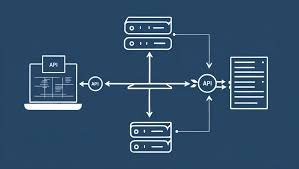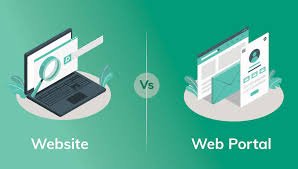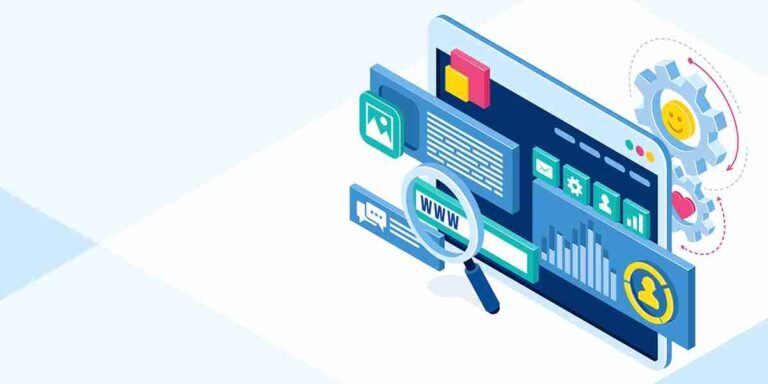How to Build a Blog Using PHP: A Step-by-Step Tutorial

Creating a blog with PHP can be a rewarding project, whether you’re looking to learn the fundamentals of web development or want to build a custom blog for your personal or business use. This tutorial will walk you through the process of building a simple, dynamic blog from scratch using PHP, helping you create a platform for content management with ease.
Building a blog with PHP offers an opportunity to explore the core principles of web development, including backend development, database interaction, and user authentication. By following this step-by-step tutorial, you will learn how to create a fully functional blog, including essential features such as posts, categories, comments, and an admin panel for content management. Here’s a breakdown of what you will learn:
Step 1: Setting Up Your Development Environment
- Install PHP and MySQL: Before you start building your blog, ensure you have a PHP environment set up. Install tools like XAMPP or MAMP for easy setup of PHP, Apache, and MySQL.
- Create a Database: Learn how to set up a MySQL database to store your blog posts, categories, comments, and user information.
- Project Structure: Organize your project files, including folders for templates, CSS, and scripts.
Step 2: Designing the Database
- Tables and Relationships: Define the structure of your database by creating tables for blog posts, categories, comments, and users.
- Using MySQL Queries: Learn how to write SQL queries to interact with the database, including retrieving, inserting, and updating data.
Step 3: Building the Front-End
- HTML and CSS: Build the basic structure of your blog, including a homepage, post listing, and single post page using HTML and CSS.
- Responsive Design: Implement a simple, responsive design to ensure your blog looks great on all devices.
- Bootstrap: Optionally, you can use the Bootstrap framework to streamline your design process with pre-built components.
Step 4: Implementing Dynamic Content
- PHP for Content Display: Learn how to use PHP to display blog posts dynamically by fetching data from the database.
- Pagination: Implement pagination to limit the number of posts displayed on each page, improving the user experience.
- Categories: Add category functionality to allow posts to be organized and filtered based on topics.
Step 5: Adding the Admin Panel
- User Authentication: Create a simple login system to allow admins to add, edit, and delete blog posts.
- Admin Dashboard: Build an admin dashboard where you can manage blog content, including adding new posts, editing existing posts, and managing comments.
- Security Considerations: Implement basic security features such as password hashing and SQL injection protection to safeguard the admin panel.
Step 6: Enabling User Comments
- Commenting System: Add a commenting system to allow readers to leave feedback on blog posts.
- Moderation: Implement an admin feature to approve or delete comments.
Step 7: Final Touches
- SEO Optimization: Enhance your blog’s search engine optimization (SEO) to improve visibility on search engines.
- Performance Optimization: Implement techniques like caching and optimized SQL queries to ensure your blog performs well, even with heavy traffic.
- Security Features: Strengthen your blog’s security with measures like input validation and HTTPS.














